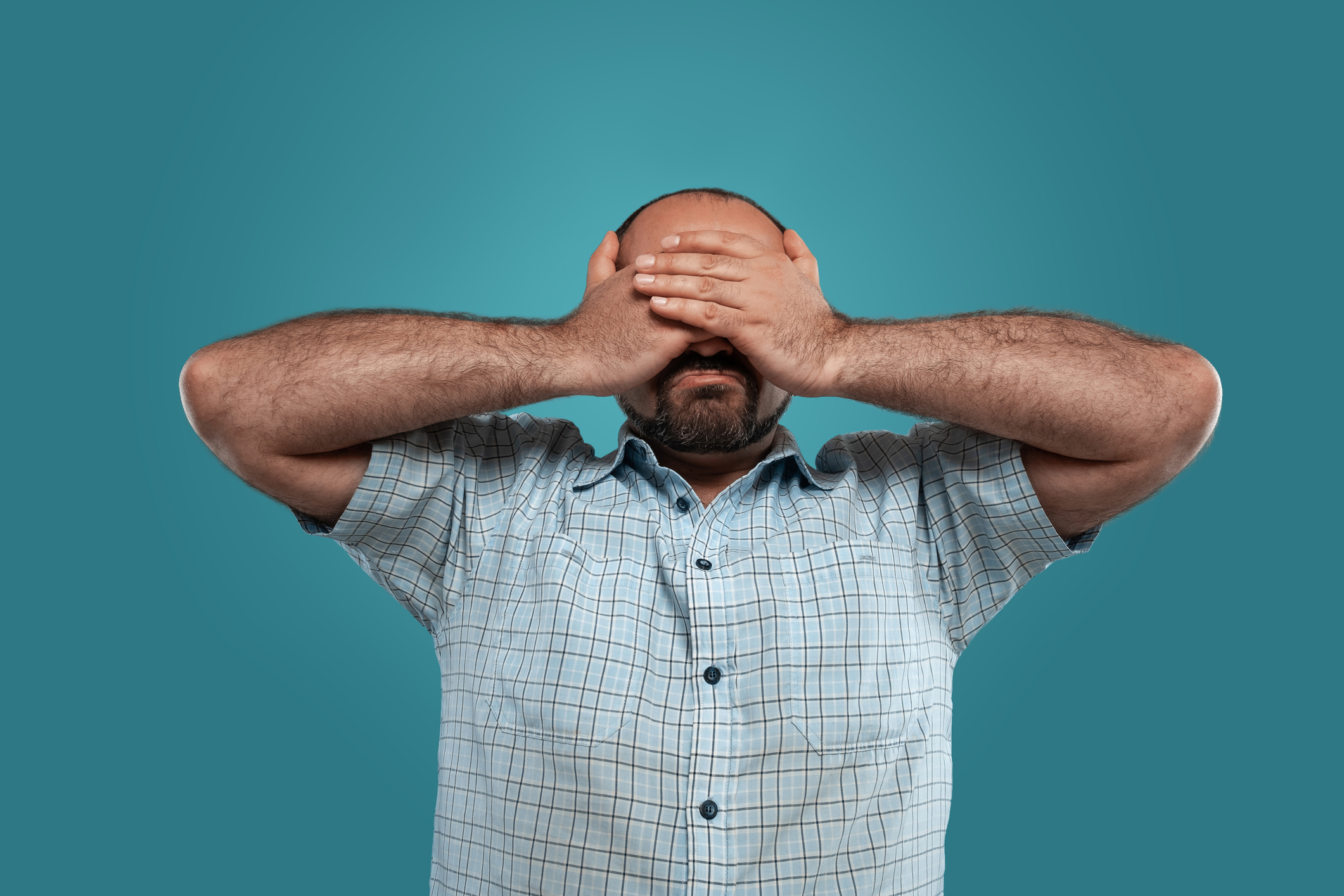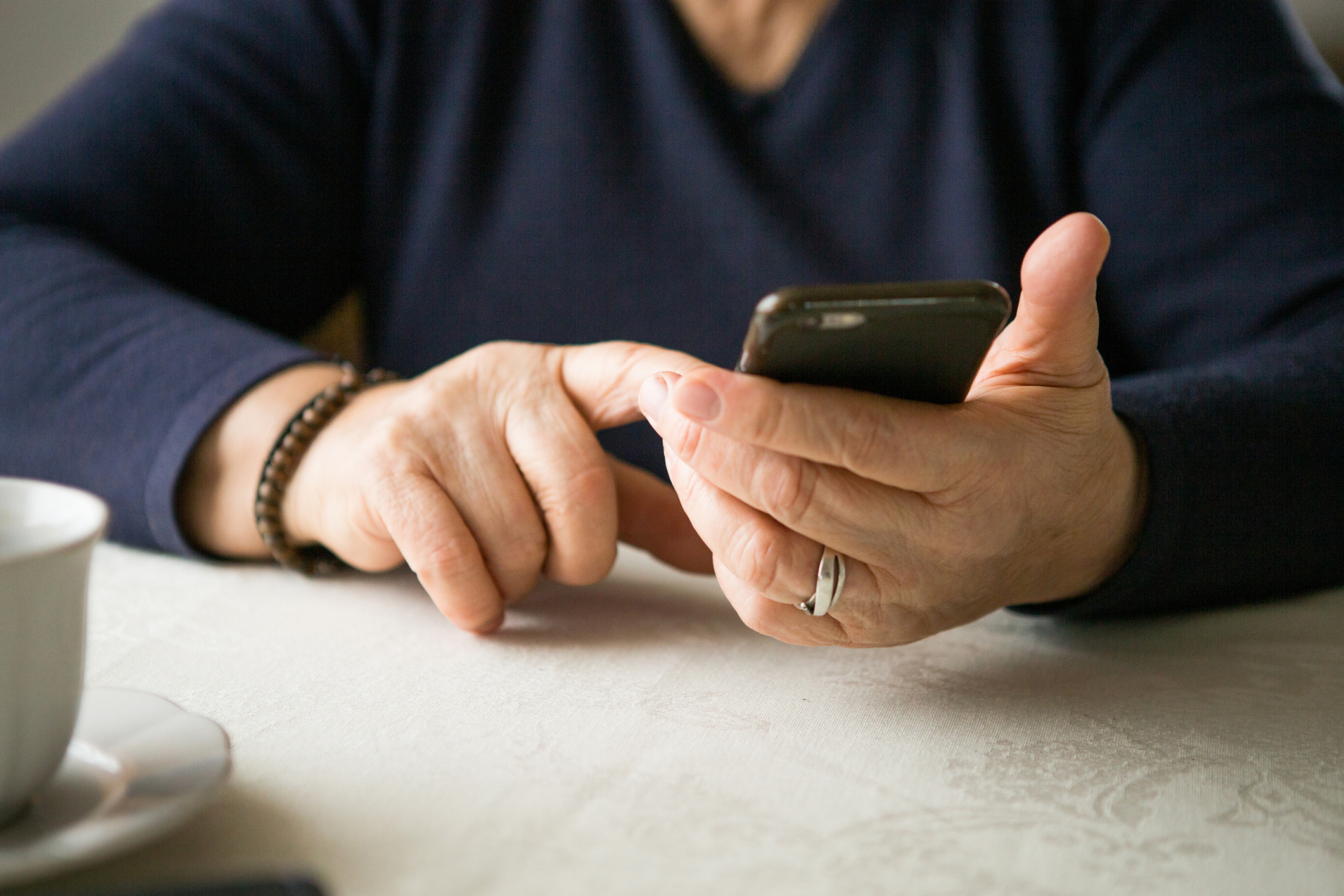Diving into the Blue: A Top Five Guide to Understand the Impact of Blue Light on Eye Health
Blue light is a part of the visible light spectrum. Its short-wavelength frequency makes it a high-energy visible (HEV) light. The main source of blue light is sunlight, but it's also emitted by digital screens, fluorescent lighting, and LEDs. While some exposure to blue light is necessary for maintaining good health and regulating the body's sleep-wake cycle, excess exposure, especially from artificial sources, can have adverse effects.
The term "blue light" might sound harmless, but its impact is significant, particularly on eye health. Prolonged exposure to blue light can cause strain on the eyes, leading to conditions such as digital eye strain (DES) or computer vision syndrome (CVS). Online-dependant lifestyles and professions demand prolonged screen time, making the issue more prevalent than ever.
The role of the eye's natural filters is crucial here. The human eye has built-in filters that block harmful UV light, but blue light can pass through these natural barriers and hit the retina directly. This interaction can cause short- and long-term issues, making it vital to understand the impact and how to mitigate it effectively.
Short-term Effects of Blue Light Exposure

Excessive blue light exposure can lead to immediate discomfort. The primary short-term issue is digital eye strain, also known as computer vision syndrome. Symptoms include dry eyes, aching, discomfort, blurred vision, and headaches.
An essential factor is the flickering and intense glare of blue lit screens. The eyes have to constantly adjust to these factors, leading to fatigue and strain. Even in these early stages, however, steps can be taken to reduce exposure and the associated discomfort.
Blue light also impacts sleep by interfering with the body's natural circadian rhythm. This disturbance can lead to insomnia or difficulty falling asleep. Specifically, exposure late in the evening can be detrimental, as blue light suppresses the production of sleep-inducing melatonin.
Long-term Effects of Blue Light Exposure

As with any health concern, prevention is the best form of treatment. Long-term exposure to blue light can lead to critical health issues, including macular degeneration and other visual impairments. Studies have revealed that blue light contributes to age-related macular degeneration, one of the leading causes of blindness in older adults.
Another long-term concern is retinal damage. Since blue light penetrates all the way to the retina, continued exposure can cause cells within the retina to die. This damage can potentially lead to vision problems like cataracts and even certain types of cancer.
Devices and Blue Light Exposure

Most electronic devices with screens emit higher amounts of blue light than natural sources. For example, computer screens, smartphones, tablets, televisions, and LED lights are amongst the most significant contributors to blue light exposure in daily life.
Research shows that the average person spends more than seven hours a day on a digital device. It’s concerning that this exposure often goes unchecked, given the profound impact on sleep patterns and eye health. However, it's important to point out that there are tools and aids to limit blue light exposure from these sources.
Necessity – The Bright Side of Blue Light

It's crucial to note that not all blue light is harmful. Exposure to blue light during daylight hours can have beneficial effects. It boots alertness, helps memory and cognitive function, and uplifts mood. Not to mention, it helps regulate our bodies' natural sleep and wake cycles.
While it's important to be mindful of blue light and its potential disadvantages, a significance balance is required. After all, natural blue light from the sun boosts our wellbeing and keeps our circadian rhythm in check.
Tips to Protect Your Eyes from Blue Light

There are several effective strategies to minimize harmful blue light exposure while reaping its benefits. These include using screen filters, wearing computer glasses or lenses that can block blue light, and utilizing specialized apps or software that limits the blue light emitted by devices.
Taking frequent breaks, known as the 20-20-20 rule, also helps ease the strain. This includes looking away from the screen every 20 minutes at something 20 feet away for at least 20 seconds. Additionally, maintaining good screen habits like keeping a comfortable brightness level, adequate screen distance, and reducing screen time, especially before bedtime, are also helpful.